St. Eustatius, generally called “Statia” by its approximately 4,000 residents, is a special municipality of the Netherlands. Its land area is 11 square miles (32 square km). The island faces the Caribbean Sea on one side, and the Atlantic Ocean on the other.
The delightful climate is a comfortable 24º to 32º Celsius (75º to 89º Fahrenheit) year round. The languages on the island are English and Dutch. The US Dollar is the local currency.

Useful Links
Archaeology of St Eustatius
Weather Station on the Quill
Golden Rock Resort Statia’s first world-class hotel and restaurant
Statia is a hidden treasure: the Washington Post called it a “Caribbean Shangri-La.” The island is filled with history, nature and marine life and the Caribbean’s friendliest people. At the same time, Statia is tranquil and easy-going, making it the perfect place for peaceful relaxation.
Outdoor Activities
World-class Diving
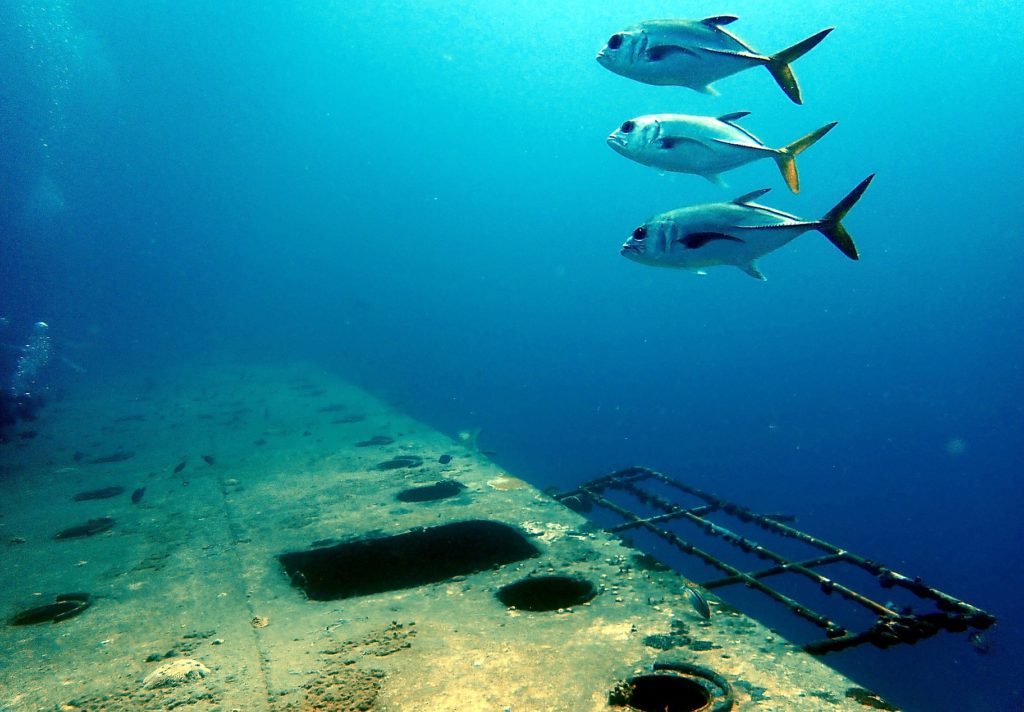
Statia’s dive sites are among the best in the Caribbean. The National Marine Park was established in 1996, surrounding the island and encompassing the entire coast. You’ll find a great variety of sites, including beautiful coral reefs, walls, drop offs, historic wrecks, modern wrecks, and muck diving. Turtles, stingrays, barracudas, sharks, and a wide variety of reef fish can be seen on most dive sites. Not yet certified? No problem, on Statia you can do an introduction dive or a wide range of courses.
Snorkeling
Statia also has some great snorkeling. You can snorkel amongst sunken warehouse ruins from the eighteenth century. Many fish can be seen among the ruins, including barracudas and schools of blue tang. There is a good chance to encounter some turtles as well. While some of the coral reefs are only accessible by diving, there are a number available to snorkelers. In Oranje Bay, you can get a snorkelers introduction to the history of Statia with a view of many cannons, anchors, submerged sea walls, crumbling warehouses, and the remains of old piers. There are also 3 snorkel sites available by boat, with moorings available at the sites.
Ecotourism
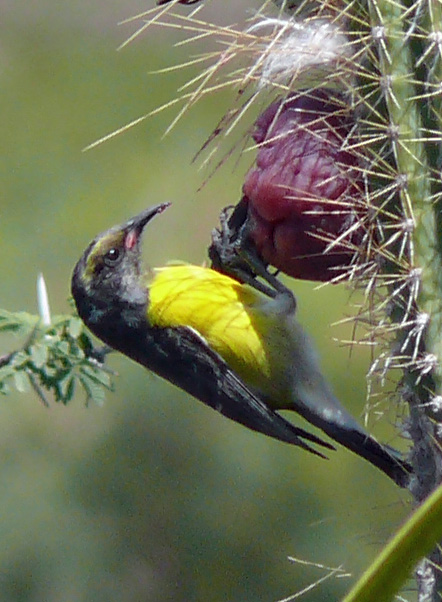
St. Eustatius has always recognized its nature and marine life is one of its most valuable assets. The St. Eustatius National Parks Foundation, known locally as Stenapa is managing many ecotourism initiatives. Stenapa is a dedicated environmental organization developed to protect the marine and land environment as well as endangered species. One of Stenapa’s key marine initiatives is the St. Eustatius Marine Park that was opened in 1998. The Park extends from the high water mark out to a depth of 30 meters (100 ft). The total area of the park is 27.5 km2. Within the Marine Park, there are two actively managed reserves where anchoring and fishing are not permitted in order to protect pristine coral reef.
Hiking at the Quill
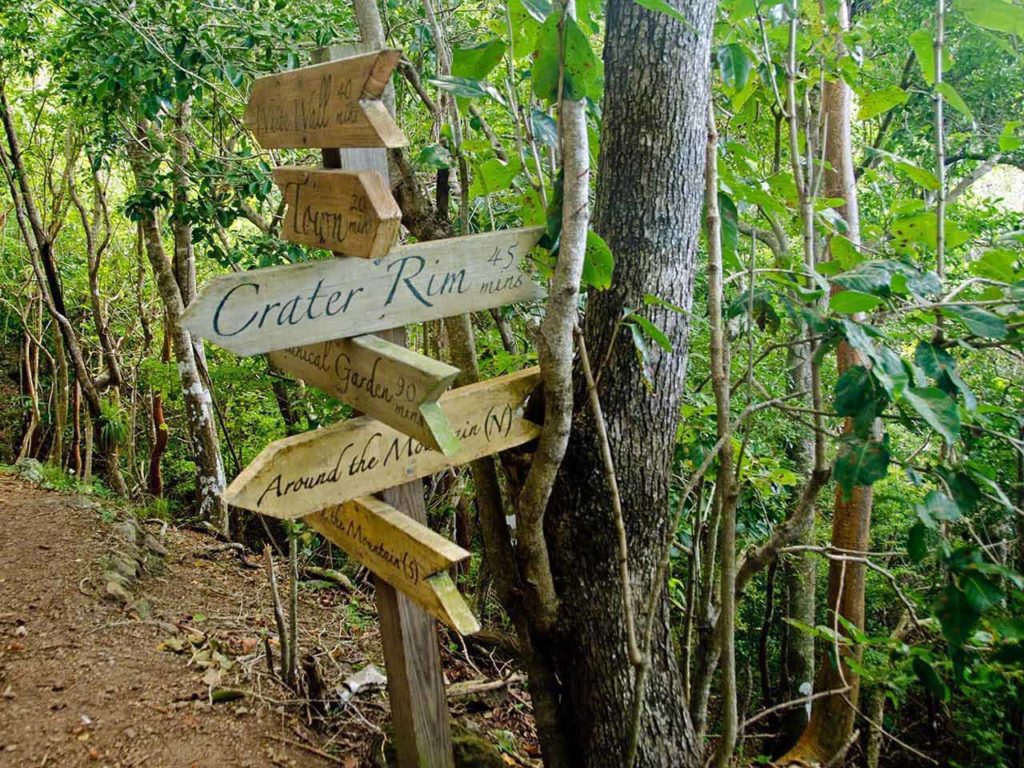
There is a network of 8 trails around the Quill offering a variety of hikes, from an easy rambling trail up to the rim, to a more difficult trail to Mazinga Peak or Panorama Point. The Quill, a dormant volcano harboring a tropical rainforest, is inside the boundaries of the national park, which became the first official national park of the Netherlands Antilles in 1998, making it a protected nature reserve.
The Miriam C Schmidt Botanical Garden
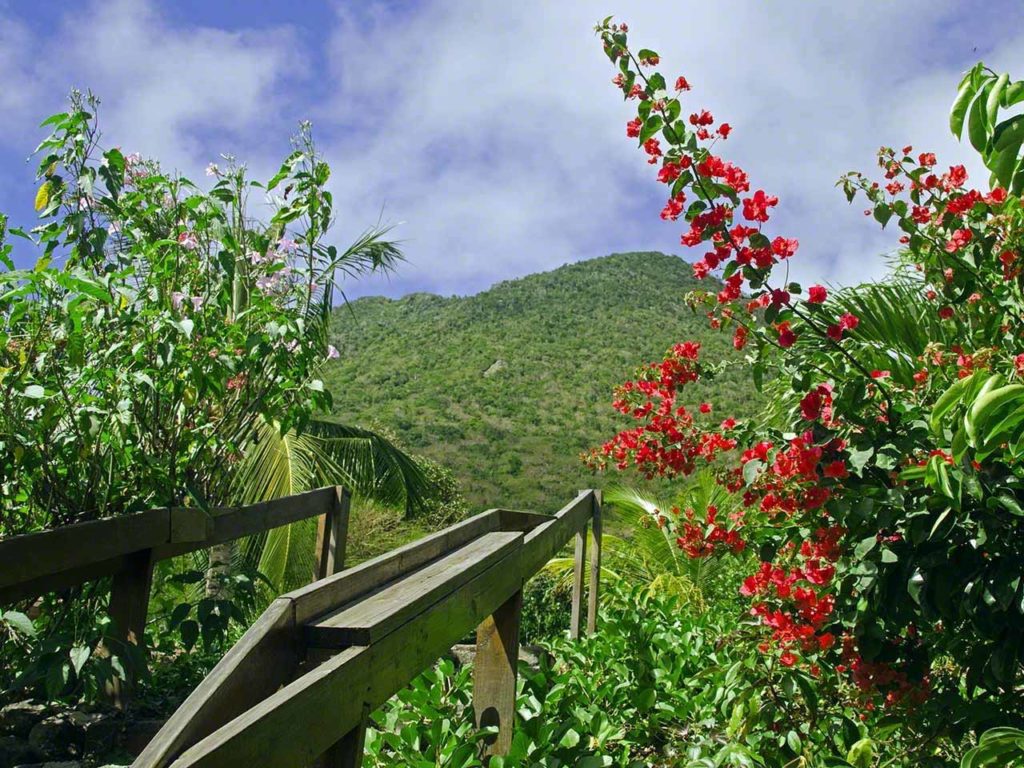
In the 1990’s a Statia woman named Miriam Schmidt had a vision of a sanctuary for protecting Statia’s rich biodiversity. Here the garden provides a haven for the island’s natural fauna and flora, and it’s a viewpoint for migrating humpback whales. The garden extends for 5.3 hectares.
History and Museums
Historic Core Renovation Project
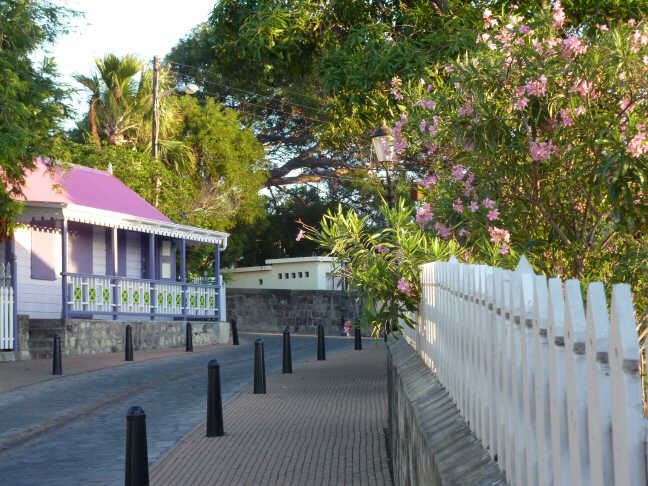
“Historic Core” refers to the area around the fort in the center of Statia’s capital city, Oranjestad, where the first Europeans settled in the early 17th century. The historic Caribbean atmosphere of the town is specifically defined by the traditional small wooden dwelling houses. The Historic Core Renovation Project is unique in the special attention that is being paid to the consolidation, preservation and restoration of this heritage.
Historical Foundation Museum
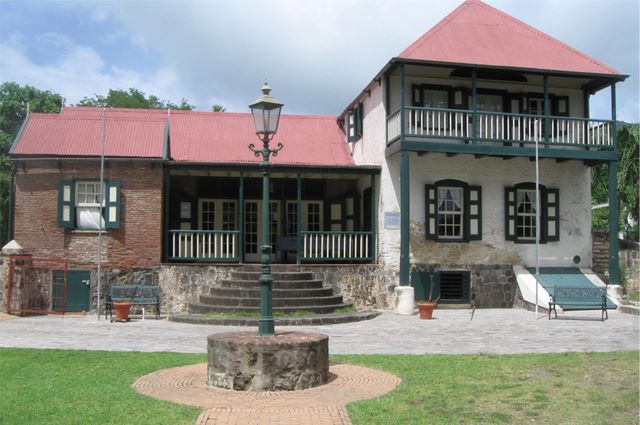
The St. Eustatius Historical Foundation Museum, located in the center of Oranjestad in the 18th century house of Simon Doncker, who was a wealthy merchant. Oranjestad Walking Tours Historic walking tours of the main town Oranjestad are offered at the St. Eustatius Historical Foundation Museum.
Lynch Plantation Museum
Also known as the Berkel Family Plantation, or the Berkel’s Domestic Museum, these two one-room buildings that show what life was like almost 100 years ago.
Honen Dalim Jewish Synagogue
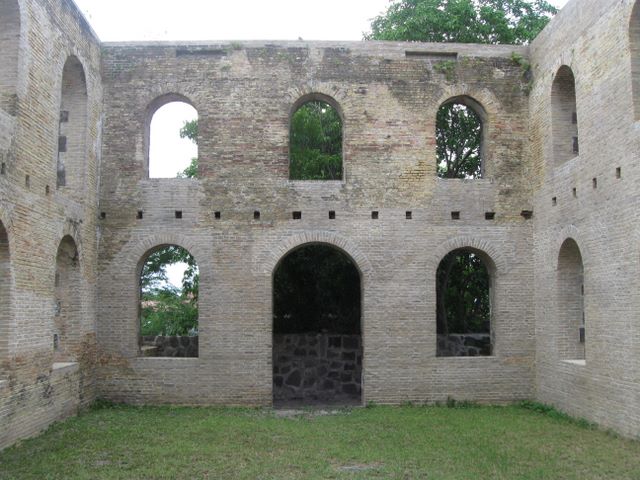
The synagogue was finished in 1739 and was called Honen Dalim, “she who is charitable to the poor.” Abandoned after many hardships in the 1850s, the Honen Dalim Synagogue is one of the oldest in the Americas. The exterior was restored in 2001.
Fort Oranje
The fully restored Fort Oranje was built in 1636 on the remains of a French fortification built in 1629. In the Fort Oranje Courtyard there are a number of fascinating memorials.
Fort de Windt
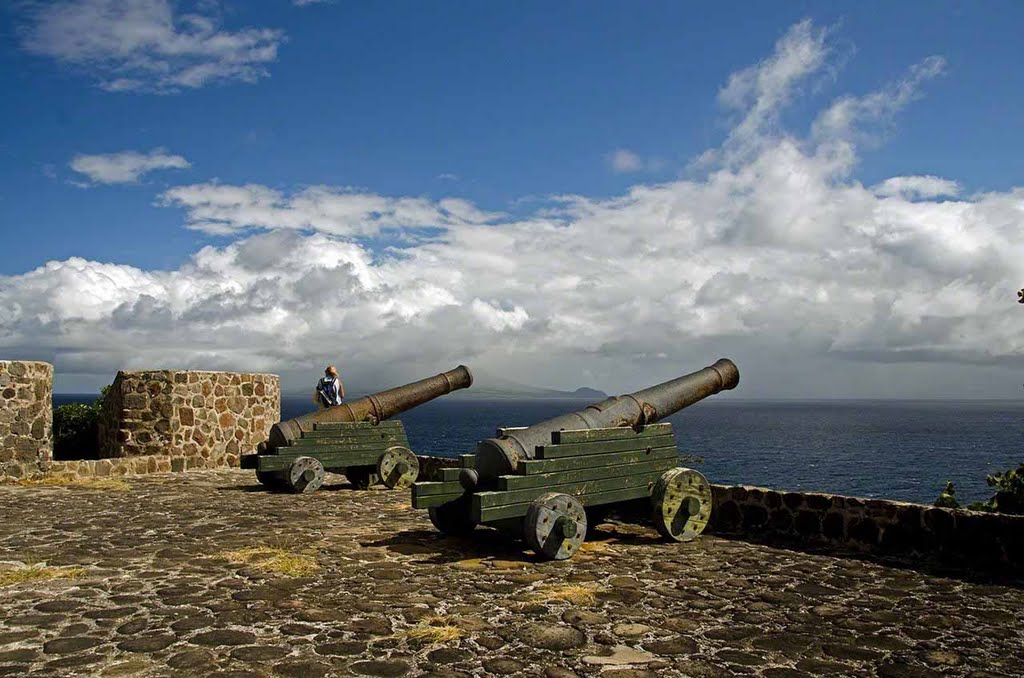
At the base of the White Wall cliffs at the Quill are the remains of 17th Century Fort de Windt, with beautiful views over the water to neighboring St. Kitts.
Fort Amsterdam
Fort Amsterdam, more correctly called Concordia, at the North-East of the island was the first Dutch military outpost in the Caribbean; it played a vital role in the defense of Philipsburg in the 1600s. It is located on the Atlantic Ocean side of St. Eustatius, near a cliff overlooking Bargine Bay and Great Bay.
